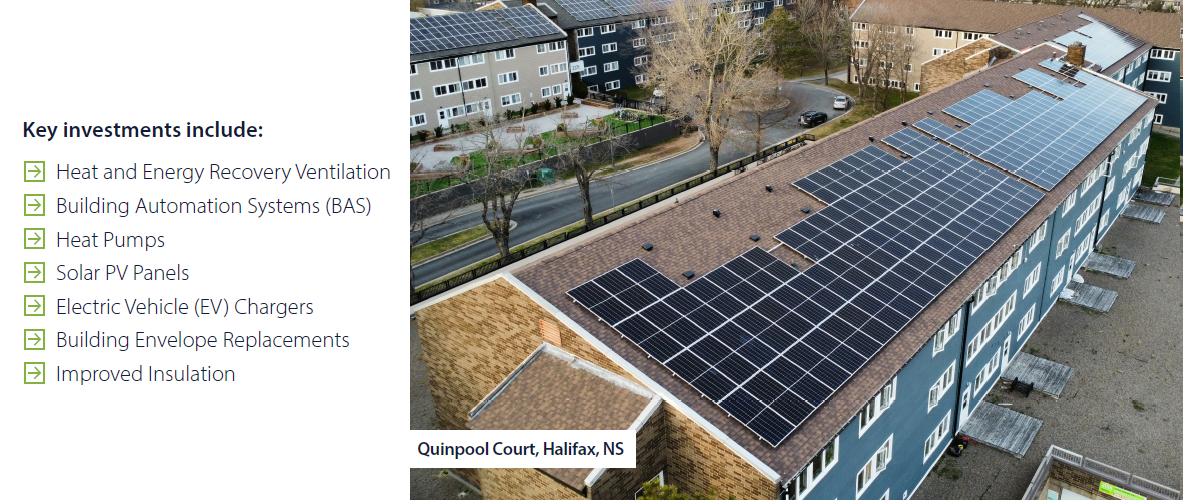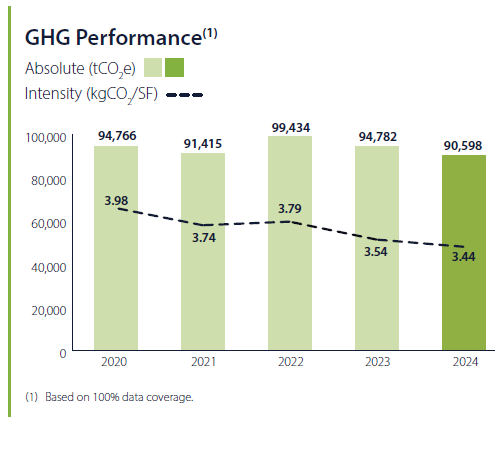Environmental
Energy Management
Invested $6.8 million in energy efficiency projects in 2024.

Environmental
Greenhouse Gas Emissions
Reduced our total emissions by 4.4% and our carbon intensity by 2.8% compared to 2023.

Environmental
Climate Change
Our climate strategy emphasizes mitigating transition risks through decarbonization efforts and managing physical risks by gaining a deeper understanding of both acute and chronic exposures.

Environmental



